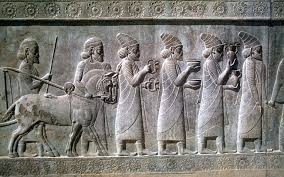A Window into Maya Civilization
The Maya civilization of Mesoamerica is renowned for its sophisticated understanding of time and astronomy. Central to this was their complex calendar system, which went far beyond simply tracking days. The Maya calendar was deeply intertwined with celestial events, religious rituals, and agricultural planning, reflecting a society that saw time as a living, cyclical force rather than a linear progression.
The Structure of the Maya Calendar
The Maya used multiple calendars that worked together. The Tzolk’in was a 260-day ritual calendar, primarily used for religious ceremonies and divination. The Haab’, a 365-day solar calendar, tracked the solar year and agricultural cycles. These two calendars interlocked to form the Calendar Round, a cycle of 52 solar years. This system allowed the Maya to track long-term cycles of time, aligning human activity with cosmic events.
Astronomy and Predictive Power
The Maya were keen observers of the heavens. They tracked the movements of the sun, moon, Venus, and other celestial bodies with astonishing accuracy. This allowed them to predict eclipses, solstices, and planetary alignments, integrating these predictions into both daily life and ceremonial practices. The calendar served not just as a tool for organization but as a bridge connecting humanity to the cosmos.
Myths and Misinterpretations
In modern times, the Maya calendar gained attention due to doomsday theories, particularly claims that the calendar predicted the end of the world in 2012. In reality, the Maya viewed these cycles as periods of renewal rather than apocalyptic endings. Their calendar emphasized the continuity of time and the repeating patterns of life, nature, and the universe.
Conclusion
The Maya calendar exemplifies a remarkable blend of science, culture, and spirituality. It reflects a civilization that saw time as interconnected with celestial movements and human existence, offering lessons in both precision and perspective.







